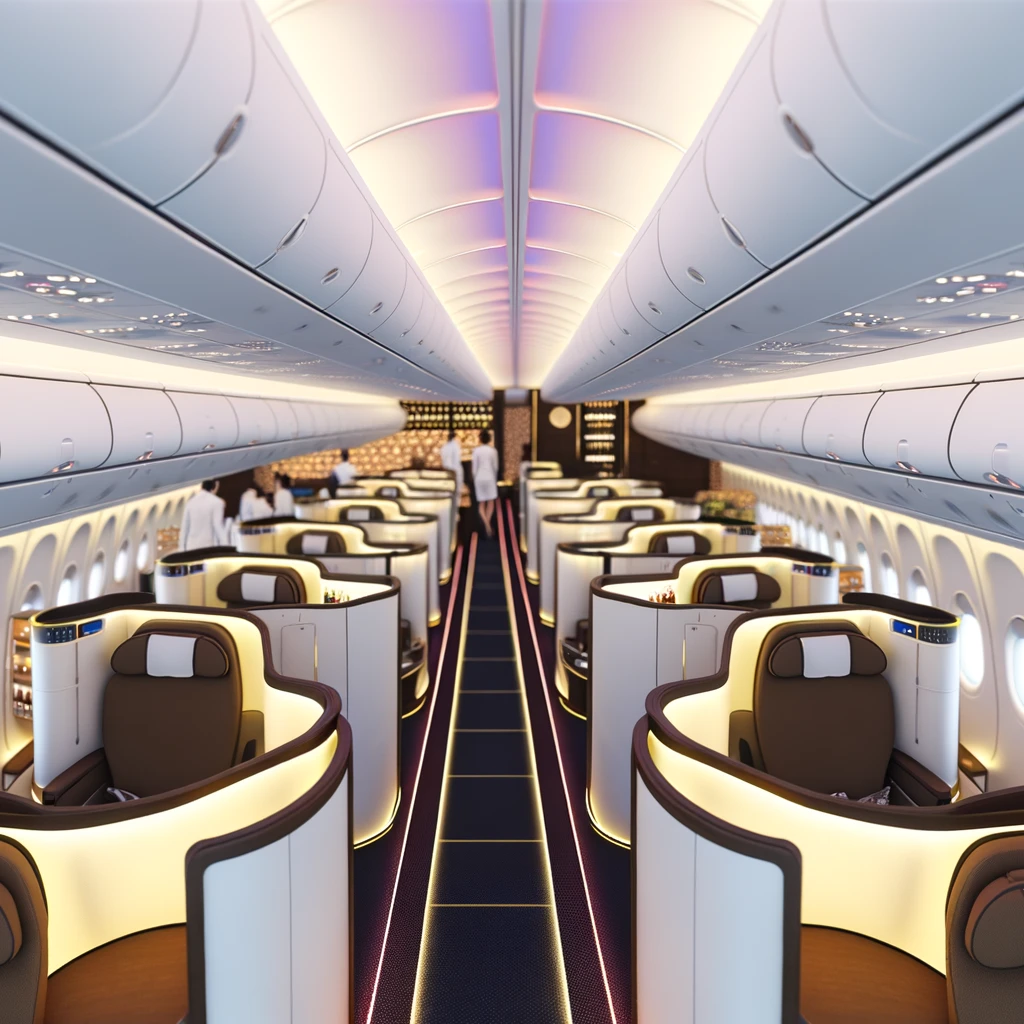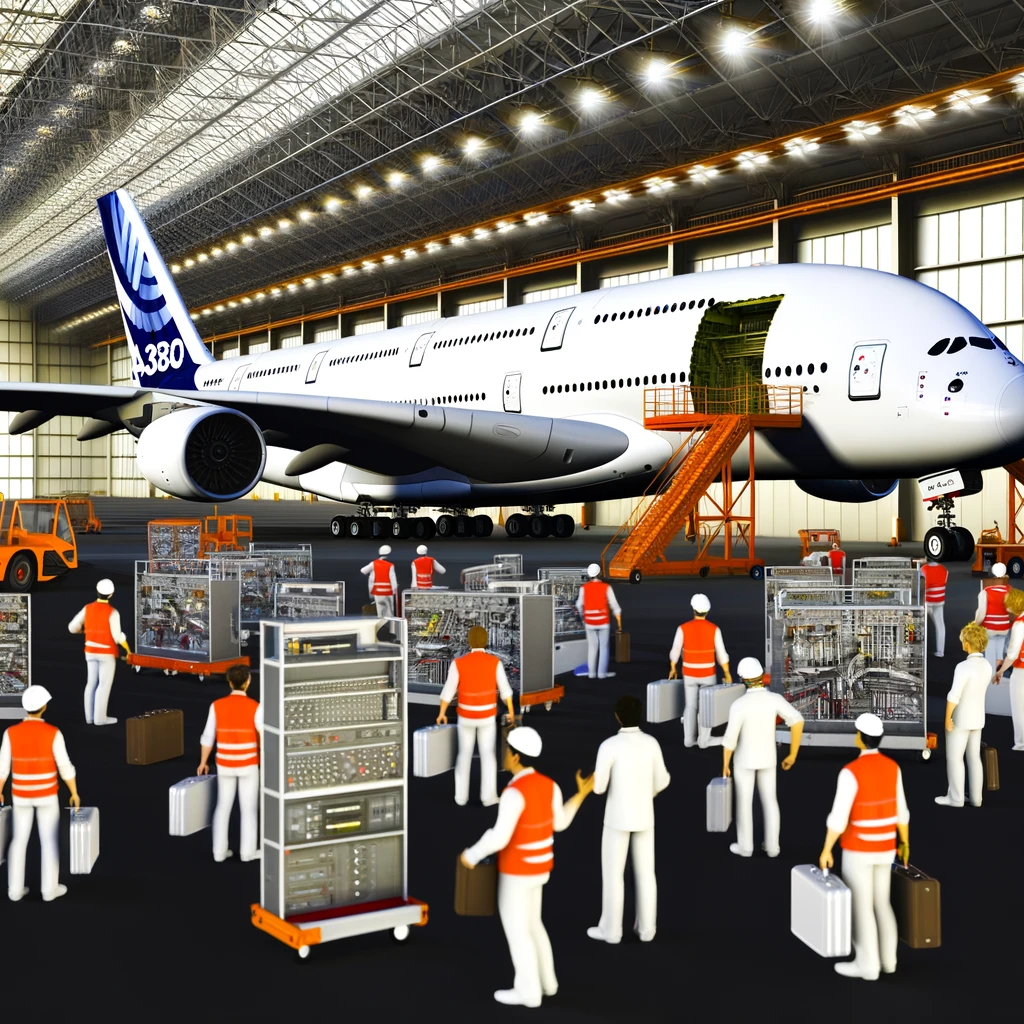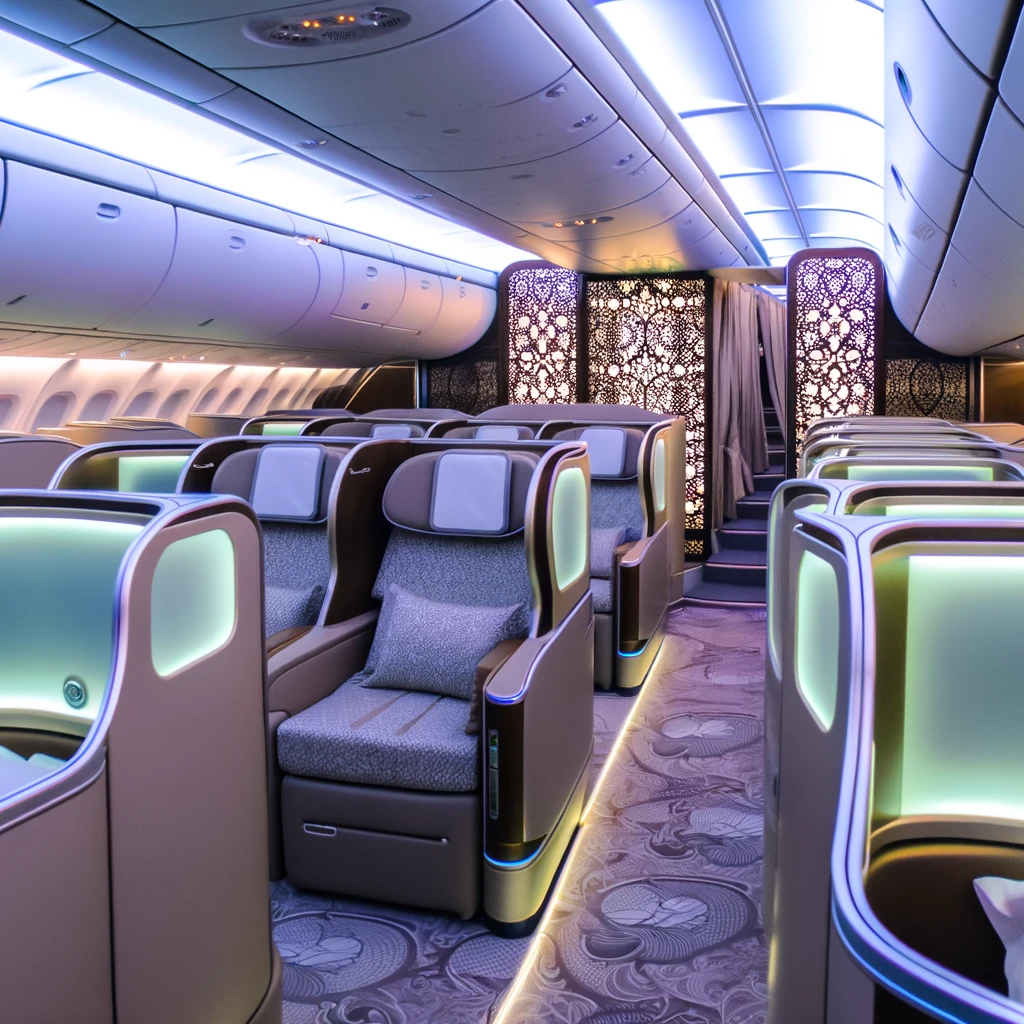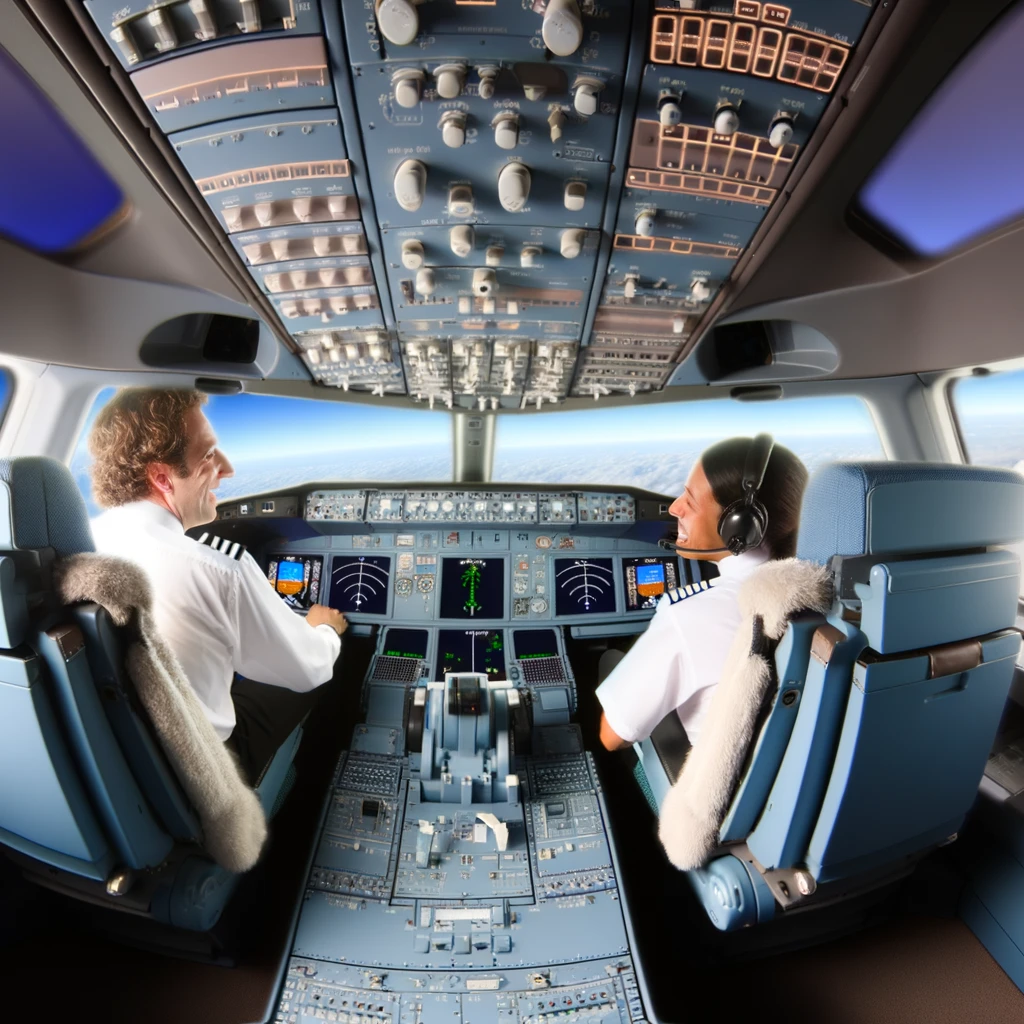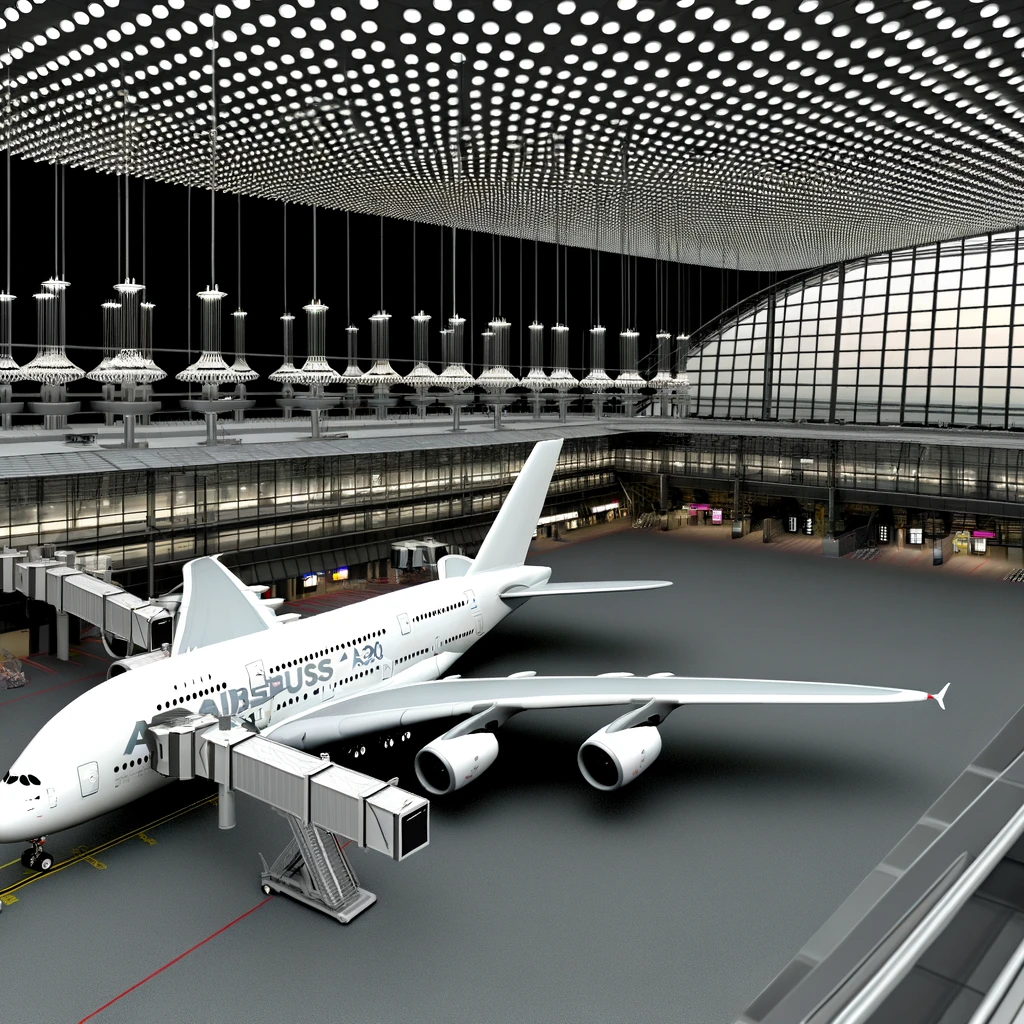
The Airbus A380: How It's Made a Difference in Airport Design
The Airbus A380 is an iconic aircraft that has not only revolutionized air travel but also necessitated a rethinking of airport design across the globe. Since its introduction, the A380 has influenced various architectural and operational aspects of airports, ensuring they can accommodate the world's largest passenger aircraft.
The Rise of the Airbus A380
When Airbus introduced the A380, it was not just a new aircraft; it was a game-changer. Capable of carrying over 500 passengers, this double-decker aircraft required airports to adapt significantly. The A380's introduction marked a shift in how airports were conceptualized and constructed.
Terminal Design and Passenger Flow
The sheer size of the A380 meant that airports had to redesign terminals to manage the flow of passengers efficiently. This included wider corridors, more spacious waiting areas, and enhanced baggage handling systems. Airports like London Heathrow and Dubai International were among the first to make these adjustments to accommodate the influx of passengers from multiple A380 flights.
Gate and Jet Bridge Modifications
Standard gates were inadequate for an aircraft of the A380's magnitude. Consequently, airports invested in specialized gates with dual and triple jet bridges to facilitate quicker boarding and disembarkation. These adjustments not only improved passenger experience but also increased operational efficiency.
Runway and Taxiway Enhancements
The A380's size and weight also necessitated changes to runways and taxiways. Many airports extended runway lengths and reinforced surfaces to support the Airbus's landing and takeoff requirements. Additionally, taxiway widths were increased to accommodate the A380's wingspan, ensuring safe and efficient ground operations.
Impact on Airport Infrastructure
The introduction of the A380 led to significant investments in airport infrastructure. Airports had to expand parking aprons, build new maintenance hangars, and install advanced navigation systems tailored to the A380's specifications. Such upgrades supported not only the A380 but also future-proofed airports for subsequent large aircraft models.
Environmental Considerations
With increased capacity, airports had to address environmental concerns. The A380's efficiency in carrying more passengers per flight compared to smaller aircraft meant fewer flights were needed, potentially reducing emissions. However, airports also implemented noise reduction measures and sustainable practices to mitigate the environmental impact of increased air traffic.
The Economic Influence
Accommodating the A380 has had economic implications for airports. The ability to service such aircraft has been a competitive advantage, attracting airlines and increasing passenger throughput. This, in turn, has boosted airport revenues and regional economies, highlighting the A380's indirect economic benefits.
Future Prospects and Legacy
As production of the A380 winds down, its legacy in airport design is undeniable. The infrastructure developed for the A380 serves as a foundation for future aircraft innovations. Airports that invested in accommodating the A380 are well-positioned to handle the next generation of large aircraft, ensuring a seamless transition into the future of aviation.
In conclusion, the Airbus A380 has been a catalyst for change in airport design and operations. Its influence extends beyond the aviation industry, reshaping how airports are built and operated worldwide. The A380's legacy will endure, continuing to impact airport design and passenger experience for years to come.
Related Articles
